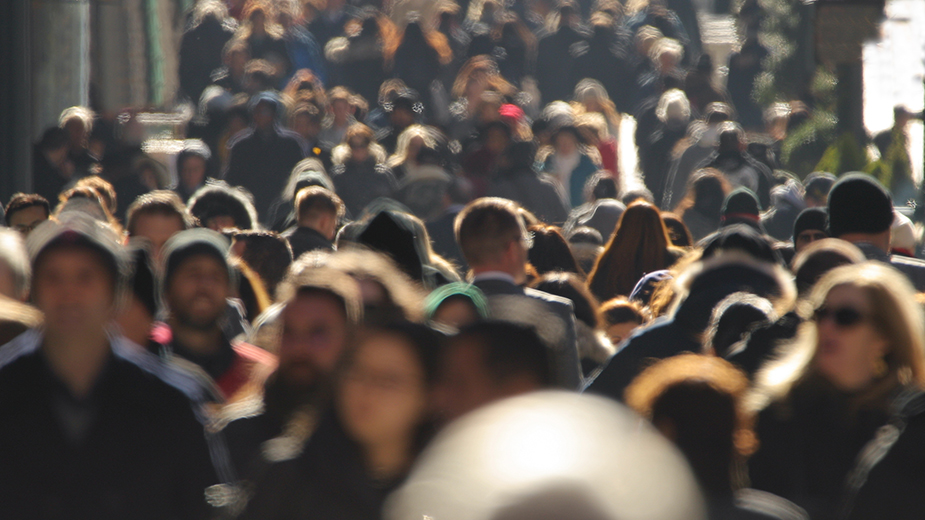YOUNGSTOWN, Ohio – About 4.5% of households in the United States are unbanked, meaning no one in the household has a bank account, according to the Federal Deposit Insurance Corp.
Another 14.1% are underbanked, meaning they may have a bank account but use cash, check-cashing stores, money orders and pawn shops for the majority of their transactions.
While both numbers have decreased, from 8.2% unbanked in 2011 and 21.1% underbanked in 2013, the U.S. still lags other countries, says Paola Boel, vice president-research, Federal Reserve Cleveland.
In Canada, Denmark, Austria and Sweden, 100% are banked, followed by the U.K. and many other countries at 99%.
In her recent FedTalk on Financial Inclusion and the Unbanked, Lisa A. Nelson, assistant vice president at the Federal Reserve Bank of Cleveland, said being banked opens access for financial opportunities including credit cards, mortgages and car loans.
Boel said the unbanked rates are higher when you look at inclusion factors. For instance, in Black households, 11.3% are unbanked and 24.7% underbanked, while among Hispanics 9.3% are unbanked and 24.1% underbanked. Those with no high school diploma are 19.2% unbanked and 24.1% underbanked.
Households making less than $15,000 are 19.8% unbanked and 19.2% underbanked, falling to 9.2% and 18.9% respectively for households with income from $15,000 to 30,000.
Why do people remain unbanked?
Boel said 40.1% claim they cannot afford the minimum balance requirements. Other reasons are a desire for more privacy (34.1%), a lack of trust in banks (33%), and a lack of trust in the government.
A recent study was conducted by the Cleveland Fed and Indiana University, in which interviews were conducted with unbanked and underbanked residents of Cleveland, Houston and Memphis, Tenn.
Boel said the study found more people trust credit unions than banks, which they felt cared only about money, had the potential to fail and could garnish their accounts.
Cash remains the primary method of payment for people in the study. They often use prepaid cards especially for online transactions, and cryptocurrency or online financial services such as PayPal, Chime, Cash App and Venmo for transactions.
David Rothstein, senior principal at the Cities for Financial Empowerment Fund, which leads the national Bank On movement, says many people who have no account believe they lack the money to open or manage an account, and proper identification or a stable address. For instance, in the case of domestic violence victims in a group home, the address they provide may be flagged by the bank because it also belongs to another account holder.
Through coalitions throughout the country, Bank On works to get financial institutions to offer Bank On certified accounts, which do not have overdraft or insufficient fund fees, have straightforward affordable monthly fees and provide the functionality of a checking account without paper checks.
More than half of all financial institutions offer Bank On certified accounts, according to Rothstein.
Susan Schaaf, senior examiner of the Cleveland Fed, says regulations for the Community Reinvestment Act were recently amended to address inequities in access to credit and to be more responsive to low- and moderate-income communities, including the unbanked and underbanked.
